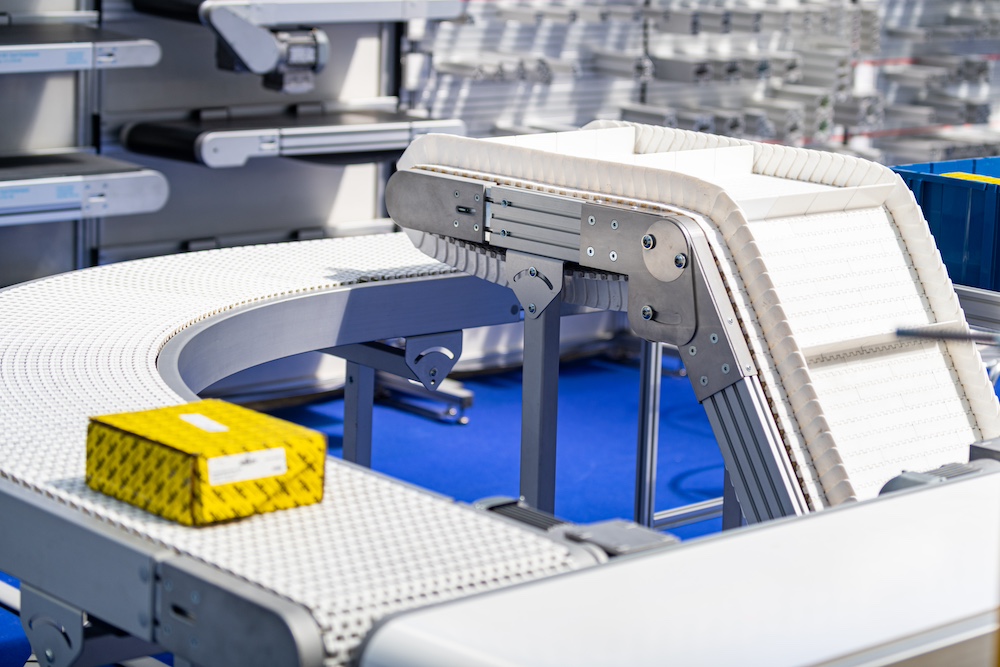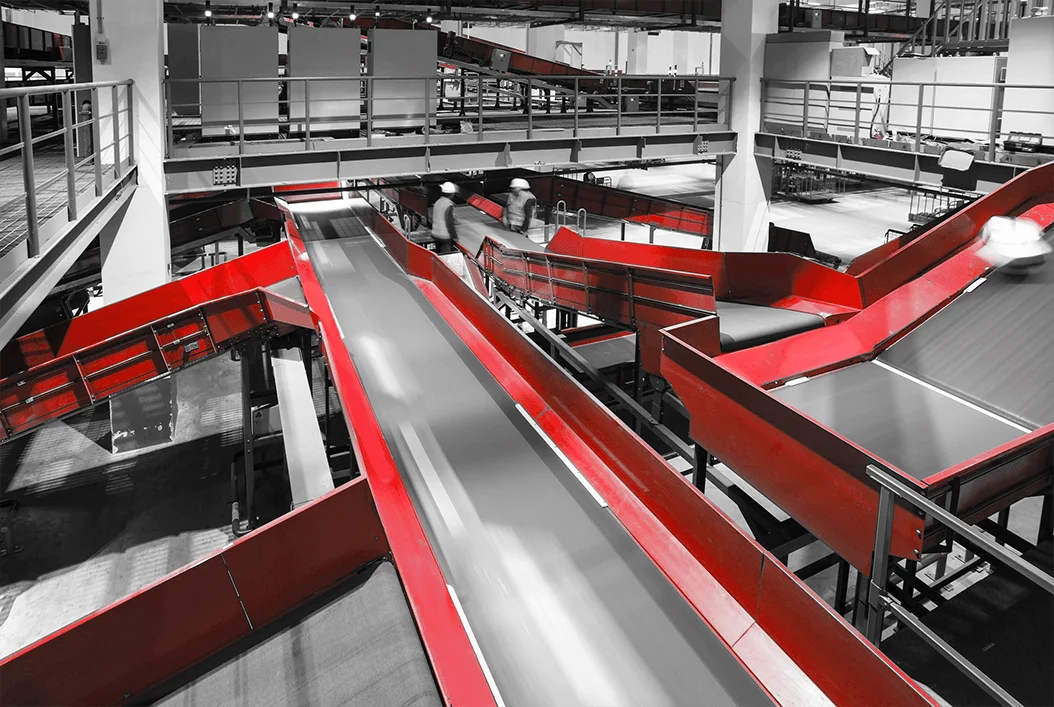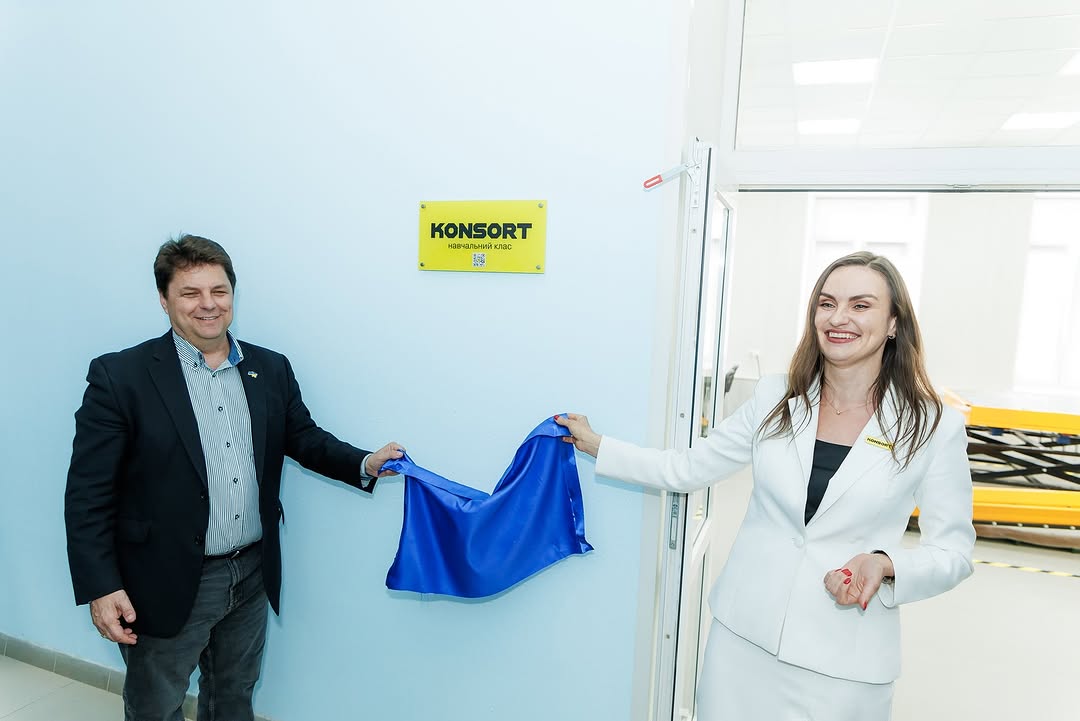Garbage processing in Ukraine: equipment for environmental security of the state.
About 18% of Ukraine is currently occupied by the troops of the aggressor (Russia), but almost 7% of the territory of our country is occupied by garbage. There are practically no modern waste processing plants in the country, which make it possible to generate secondary raw materials and reduce the volume of waste disposal. For example, in Germany there are more than 400 waste processing enterprises, the industry has an annual turnover of more than 200 billion euros. It grows every year by an average of 14% and provides work for 250,000 people. In Sweden, more than 99% of garbage is recycled annually, in Germany – more than 60%, in Poland – 43%. And here are some disappointing facts about the state of waste processing in Ukraine (PwC study – waste in Ukraine):
€45 (Europe = 5000 euro): The maximum fine for violations in the field of waste disposal in Ukraine.
6,000 landfills and landfills in Ukraine, only 19 of which are equipped with degassing facilities.
€6.8 per ton is the cost of waste disposal in Ukraine. The cost is ten times lower than in Europe, which leads to unsatisfactory development of the processing sector.
3% of municipal waste is processed, 94% is buried in landfills or landfills.
Currently, 34 sorting lines are operating in Ukraine in 28 settlements, and sorting complexes are being actively built in 17 settlements.
Ukraine, like many other countries, faces the problem of environmental pollution and insufficient efficiency of waste management. However, in recent years, the awareness of the population and state authorities regarding the need for an ecologically clean lifestyle and waste management has been increasing. Therefore, recycling is becoming an increasingly relevant and important component of the country’s environmental policy.
The state of the waste recycling market in Ukraine
The state of the waste processing market in Ukraine is complex and diverse. On the one hand, the country faces significant problems of waste management and environmental pollution. Insufficiently developed infrastructure for waste sorting and processing, low level of public awareness of environmental problems, as well as a large amount of unprocessed garbage – these are just some of the problems facing Ukrainian society.
On the other hand, there has been some recent progress in this area. The Government of Ukraine and local authorities are actively working on improving legislation in the field of waste management, creating new landfills, as well as supporting initiatives to introduce modern waste processing technologies.
In addition, various waste recycling projects and initiatives are emerging and actively developing. This can be the creation of garbage sorting lines, the use of biological technologies for composting organic waste, as well as other innovative approaches to the processing of other useful waste.
In Ukraine, there are 17 waste paper recycling enterprises, 39 polymer processing enterprises, 19 plastic bottle processing enterprises, 16 glass scrap processing enterprises, and 44 metal processing enterprises.
However, to date, the waste recycling market in Ukraine remains quite fragmented and heterogeneous. There are certain shortcomings in the infrastructure and technological solutions that require further improvement and development.
In this context, companies specializing in the production of equipment for sorting, calibration and waste processing play an important role in the further development of the waste processing market in Ukraine. Through constant improvement and implementation of the latest technologies, they can contribute to improving the quality and efficiency of waste processing and reducing the negative impact on the environment.
According to experts, only about 5-10% of the total amount of garbage is sorted in Ukraine. This is far behind the indicators of the countries of the European Union, where the percentage of sorting can reach from 30% to 60% and higher, depending on the country.
Regarding the volume of garbage in Ukraine, this figure is also quite generalized due to the lack of accurate data. However, according to the estimates of the Ministry of Environmental Protection and Natural Resources of Ukraine, the total amount of garbage produced in the country is approximately 12-14 million tons annually.
As for electronic waste (e-waste), its volume is also quite large in Ukraine. According to estimates of the Ministry of Environmental Protection and Natural Resources of Ukraine, at the moment, Ukraine produces about 300-350 thousand tons of e-waste annually. However, the percentage of their recycling or secondary use is quite low due to the lack of an effective management system for this type of waste.
Types of waste processing (recycling)
Waste recycling is an important component of a modern waste management and resource recovery strategy. It involves the processing of waste for their further use in the production of new materials or products. There are several types of waste recycling, each of which is aimed at converting a specific type of waste. The main types of recycling include:
Mechanical Recycling: This type of recycling uses physical processes to sort, calibrate, and separate different types of materials. It often involves the use of equipment such as conveyors, separators, sorting lines and vibrating screens to automatically sort waste based on its size, shape or material. Mechanical recycling is often used to process plastic, glass, paper and metal waste.
Chemical Recycling: This type of recycling uses chemical processes to break down and convert waste into useful resources or raw materials. For example, plastic waste can be processed through pyrolysis, hydrogenolysis, or other chemical methods into hydrocarbons that can be used in the production of fuels or new plastic materials.
Biological recycling: This type of recycling uses biological processes to convert organic waste into useful products such as compost or biogas. For example, organic waste such as food or plant material can be subjected to composting processes to produce organic soil fertilizer.
Thermal recycling: This type of recycling uses thermal processes, such as incineration or pyrolysis, to convert waste into energy. For example, waste can be burned in special energy plants to produce electricity or heat.
These types of processing can be applied separately or in combination depending on the type of waste and the purpose of its processing. Each of them has its advantages and limitations, and their choice depends on specific conditions and needs.
Types of waste for recycling
Garbage can be classified according to various criteria, such as composition, origin, physical properties, etc. The main types of waste to be recycled include:
Organic waste: This includes various organic materials such as food, plant and animal waste, paper, cardboard, etc. Organic waste can be processed through composting to produce organic fertilizer or biogas.
Plastic waste: Plastic is one of the most common components of waste in today’s world. It can be processed through mechanical or chemical recycling to produce new plastic materials or energy.
Metal scrap: Metal materials such as aluminium, steel and iron can be recovered through recycling. They can be used for the production of new metal products.
Glass waste: Glass can also be recycled by melting and molding into new glass products.
Paper and cardboard: Used paper and cardboard can be recycled into new paper products or recycled.
Electronic waste (e-waste): This includes used electronic devices such as computers, mobile phones, televisions, etc. E-waste contains various materials that can be recovered or recycled for use in other industries.
These are just some of the main types of waste that can be recycled. Each of these types has its own characteristics and requirements for recycling, and their recovery is an important step in reducing the impact of waste on the environment.
Waste processing equipment
Modern equipment for sorting, calibrating and processing waste is important in the process of waste recycling. We at KONSORT, as a company specializing in the production of conveyor systems, can manufacture a variety of equipment, such as calibrators, sorters, separators, hoppers, vibrating screens and others, which ensure efficient sorting and further processing of waste.
Waste recycling equipment includes a variety of devices and systems that assist in the sorting, cleaning and recycling of waste. Below is a list of the main types of waste processing equipment along with their functions:
Garbage sorting lines:
Conveyors: Used to move waste through the entire sorting process.
Magnetic separators: Used to extract metallic materials.
Optical Sorters: Automatically recognize and sort different types of materials based on their color and texture.
Vibro sieves: Used to separate materials by size and shape.
Separators and sorting units:
Magnetic Separators: Used to remove ferromagnetic materials such as metals.
Electrostatic separators: Used to remove non-ferromagnetic materials based on their electrical properties.
Pneumatic Separators: Used to separate light materials such as plastics using air flow.
Bunkers and containers:
Garbage collectors: Used to collect and temporarily store waste before further processing.
Containers for sorting: Used for separate collection of different types of garbage, which facilitates further efficient sorting.
Machines for waste processing:
Bioprocessing plants: Used for composting organic waste and producing organic fertilizer.
Plastic processing plants: Used for melting and forming secondary plastic.
Production lines for metal processing: Used for remelting and processing of metal waste.
Installations using heat treatment:
Energy plants: Used to produce energy from waste by incineration or pyrolysis.
Thermal furnaces and chambers: Used to destroy organic waste and disinfect materials.
These are just a few examples of equipment used for recycling waste. Each type of equipment has its own unique functions and applications aimed at optimizing the waste processing process and reducing its impact on the environment.
Implementation of projects in the field of waste processing in Ukraine.
KONSORT has already successfully implemented several projects for the arrangement of waste sorting lines throughout Ukraine. Our equipment helps collect, sort and process waste with minimal human intervention and maximum efficiency.
Projects and real cases in the field of recycling in the specified cities and regions of Ukraine include both stationary and mobile sorting lines for solid household waste (SWW). Here are some cases of implemented projects:
Kyiv region:
Creation of a stationary solid waste sorting line near Kyiv, which covers a large part of the capital region. This project is aimed at efficient sorting of waste and its subsequent processing for use in the production of secondary raw materials or energy.
Dnipropetrovsk region:
Production, configuration and installation of 2 sorting stationary complexes in the city of Dnipro, which allows for efficient processing of large volumes of waste at the places of their accumulation.
Lviv region:
Implementation of a mobile solid waste sorting line near Lviv, which implements modern waste sorting and processing technologies to reduce their impact on the environment.
Poltava:
Introduction of a mobile solid waste sorting line in various districts of the Poltava region, which helps to optimize the process of waste collection and processing.
Chernihiv Oblast, Cherkasy Oblast, Zhytomyr Oblast, Kharkiv Oblast, Chernivtsi Oblast and Zaporizhia Oblast:
Implementation of regional projects for the installation of stationary and mobile solid waste sorting lines in order to improve waste management and reduce the negative impact on the environment in the specified regions.
These projects are aimed at increasing the efficiency of waste management, reducing the amount of garbage that ends up in landfills, and creating conditions for the use of secondary raw materials in production, which helps to preserve natural resources and reduce environmental pollution. These lines are equipped with modern sorters and separators that allow automatic separation of various types of waste for further processing. The result was an improvement in the efficiency of waste processing in places, improvement of working conditions at landfills and reduction of negative impact on the environment.
For a more detailed acquaintance with the technological possibilities of sorting and further processing of garbage, see the following pages of the site:
Complex technological lines for sorting solid waste
Catalog “Ecology and Landscaping” (2022)
Other equipment and landscaping elements
The reform of waste management in Ukraine is a difficult but extremely important task, which is of crucial importance for the future of our country and the preservation of the environment. Despite the challenges we face, it’s important to remember that every step, every improvement in this area brings us closer to a cleaner, healthier and more sustainable future.
We are already seeing positive changes and initiatives emerging in waste management, as well as growing public awareness of the need for responsible waste management. Each of us can contribute to this process, starting with separate garbage collection and efficient use of resources.
Let our efforts aimed at waste management reform become an example of solidarity, responsibility and caring for the environment for future generations. It is up to us to leave a legacy for future generations, so let’s work together towards a cleaner and healthier world for all of us.
Free consultation on equipment or partnership issues by phone +38 (067) 116-50-25




